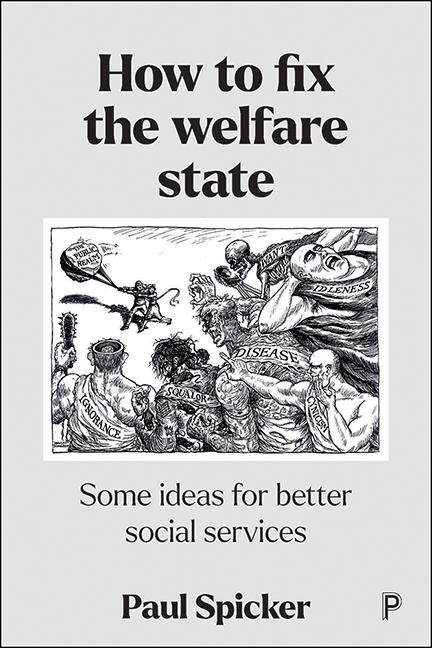Book contents
11 - Towards a stronger welfare state
Published online by Cambridge University Press: 15 September 2022
Summary
In the course of this book, I have spent some time trying to explain that the issues which have captured attention are often a poor guide to the problems or the performance of the welfare state. Because they misrepresent the issues that services have to deal with, they fail to address the problems with those services that people actually experience, and they distract from the things that need to be done.
That is not to underestimate the power of the narrative. If policy-makers are convinced that the welfare state makes people demanding and dependent, that money spent on welfare is wasted, that welfare is being undermined by false and fraudulent claims, that welfare was only ever supposed to be a safety net, they will take action to deal with those supposed problems. In doing that, they often create further problems in turn. Sometimes the problems that leads to are newly minted. People have been plunged into poverty because of the punitive conditionality introduced after 2008; hundreds of thousands of people have had their only source of income stopped for a month or more. Sometimes the problems that are generated are the very problems that they are supposed to be avoiding. For example, measures to target benefits more precisely are liable to generate wrongful payments. The fraud and error associated with the State Pension is estimated to be 0.1%; but the fraud and error associated with the means-tested Pension Credit appears to be 5%, fifty times greater than the non-means-tested benefit. Pensioners are not generally thought to be fraudulent, and the first figure shows they are not; the second figure shows what goes wrong when the criteria become more detailed. Tighter controls lead to stricter boundaries, and stricter boundaries lead to problems in policing those boundaries.
Some wrong directions
In just about every area of policy I have considered, policies have been diverted, deflected or misplaced because of a set of misconceived beliefs. Four of the false trails stand out as particularly destructive.
Choice and personalisation
‘Personalisation’ has been argued for in a wide range of services – including services to older people, psychiatric patients, learning disability, people with addictions, offenders, school pupils, homeless people, benefit recipients and the unemployed. The central premise is that people should have a choice about the service they receive.
- Type
- Chapter
- Information
- How to Fix the Welfare StateSome Ideas for Better Social Services, pp. 138 - 158Publisher: Bristol University PressPrint publication year: 2022



